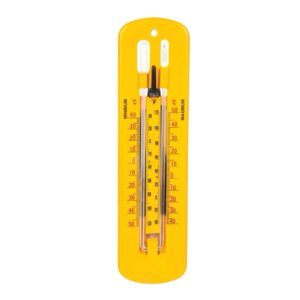
The Six’s Maximum Minimum Thermometer: Principles, History, and Applications
1. Introduction The measurement of temperature has been a fundamental aspect of scientific inquiry and practical application for centuries. From

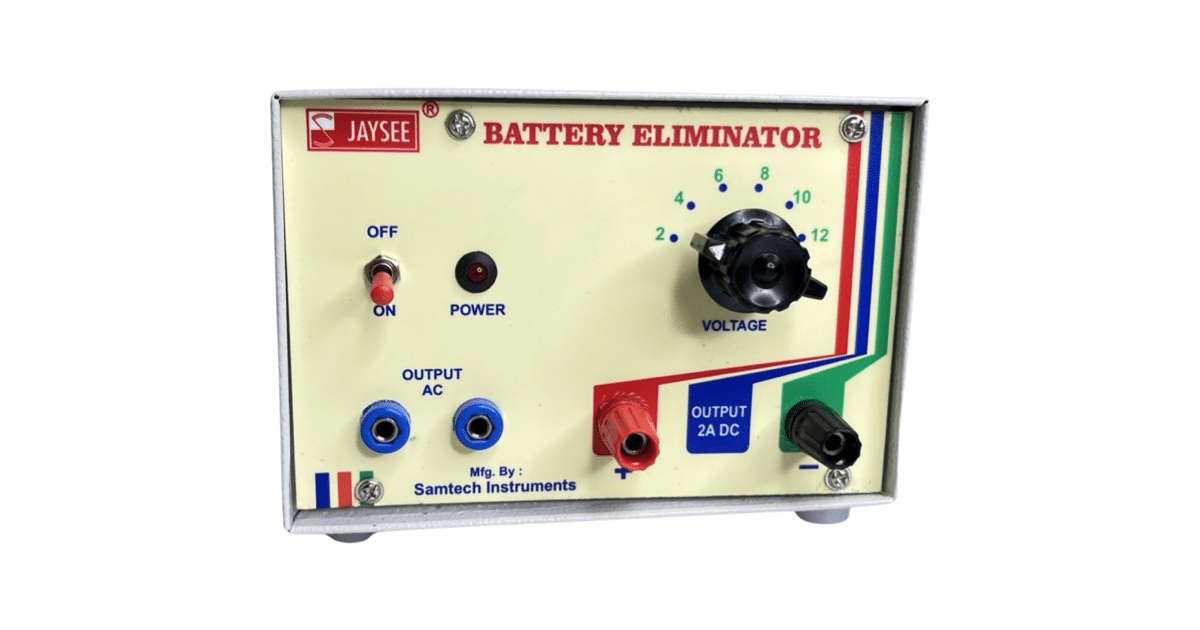
Have you ever been in a situation where you need to use an electronic device but can’t because the batteries are dead, and you don’t have replacements? This is a common problem that many people face, but fortunately, there is a solution: a battery eliminator. In this article, we’ll discuss what a battery eliminator is, how it works, and its benefits. We’ll also cover the different types of battery eliminators available and the devices they can power.
Batteries are an essential component of many electronic devices. However, they can be costly, and they eventually run out of power, leaving you without a functioning device until you can replace the batteries. This is where a battery eliminator comes in. A battery eliminator is a device that allows you to power your electronic device without using batteries. It’s a convenient and cost-effective alternative to batteries that’s perfect for situations where you need to use your device but don’t have any replacement batteries.
It is a device that connects to an electronic device’s power input port and provides a constant source of power. It essentially replaces the batteries, eliminating the need to replace them periodically. A battery eliminator typically has an AC/DC adapter that plugs into an electrical outlet and a cable that connects to the electronic device.
A battery eliminator works by converting AC power from an electrical outlet into DC power that the electronic device can use. The AC/DC adapter included with the battery eliminator plugs into the electrical outlet, and the cable connects to the electronic device’s power input port. The battery eliminator then converts the AC power into the DC power required by the device.
Using a battery eliminator has several benefits over using batteries. Firstly, it’s a cost-effective alternative to batteries, as you don’t need to keep buying replacements. Secondly, it’s a more convenient solution, as you can power your device continuously without worrying about the battery running out of power. Lastly, it’s an environmentally friendly option, as you don’t need to dispose of batteries regularly, which can harm the environment.
There are several types of battery eliminators available on the market, including AC/DC adapters, USB power banks, and car chargers. AC/DC adapters are the most common type of battery eliminator and are suitable for powering devices that require a constant source of power. USB power banks are portable battery eliminators that are ideal for powering smartphones and other small electronic devices. Car chargers are battery eliminators that are designed to plug into a car’s cigarette lighter and power electronic devices while on the move.
Battery eliminators can power a wide range of electronic devices, including radios, cameras, walkie-talkies, and even laptops. However, the type of battery eliminator required depends on the device’s power requirements. For example, a small USB power bank may be sufficient for powering a smartphone,
but a laptop would require a larger battery eliminator, such as an AC/DC adapter.
When choosing a battery eliminator, there are several factors to consider. Firstly, you need to ensure that the battery eliminator is compatible with your electronic device. Secondly, you need to consider the power requirements of your device to ensure that the battery eliminator can provide enough power. Lastly, you need to consider the type of battery eliminator that’s suitable for your needs, such as an AC/DC adapter, USB power bank, or car charger.
To ensure that you get the most out of your battery eliminator, there are several tips to keep in mind. Firstly, make sure that the battery eliminator is connected correctly to your electronic device. Secondly, ensure that the battery eliminator is providing enough power for your device. Lastly, keep the battery eliminator clean and stored in a safe place.
Using a battery eliminator has several advantages, such as being a cost-effective and convenient alternative to batteries. However, there are also some disadvantages to consider, such as the need for an electrical outlet or car cigarette lighter to power the device. Additionally, some battery eliminators may not be compatible with all electronic devices.
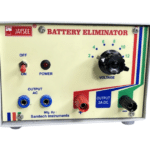
A battery eliminator is a device that provides a continuous power supply to electronic devices, eliminating the need for batteries. It typically converts an AC power source into a DC power output suitable for the device.
A battery eliminator works by taking an AC power input and converting it into the appropriate DC voltage required by the electronic device. It generally consists of a transformer, rectifier, and voltage regulator to provide a stable DC output.
Yes, there are alternative solutions to battery eliminators depending on the specific requirements. Some alternatives include rechargeable battery packs, solar power systems, or portable power banks. These alternatives provide mobile and independent power sources, making them suitable for portable devices or situations where a continuous power supply is not readily available.
The voltage of some battery eliminators is unregulated because they are designed to provide a direct conversion of the input AC voltage to a specific DC voltage output without incorporating voltage regulation circuitry. Unregulated battery eliminators are often simpler and less expensive in design compared to regulated ones
Go to Samtechlabs.com
It varies between 700 and 1000 Rupees.
http://www.dcmsme.gov.in/old/publications/pmryprof/it/ch4.pdf
http://www.learningaboutelectronics.com/Articles/How-to-build-a-battery-eliminator.php

1. Introduction The measurement of temperature has been a fundamental aspect of scientific inquiry and practical application for centuries. From
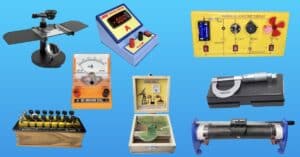
In the dynamic world of education, the role of physics lab equipment manufacturers cannot be overstated. These tools not only
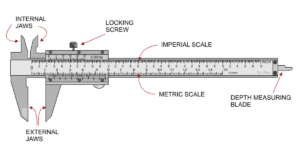
The Vernier caliper least count is the smallest measurement it can accurately determine. It’s the difference between one main scale
Samtech Instruments, established in 2002, is a leading manufacturer & supplier of Educational Meters, Solar Energy Kits & Scientific Instruments.
No account yet?
Create an AccountSAMTECH INSTRUMENTS
Typically replies within minutes
Any questions related to Battery Eliminator: A Convenient Alternative to Batteries?
🟢 Online | Privacy policy
WhatsApp us

